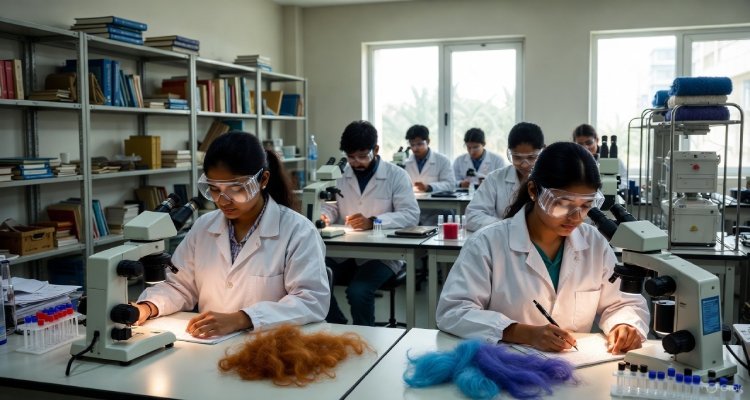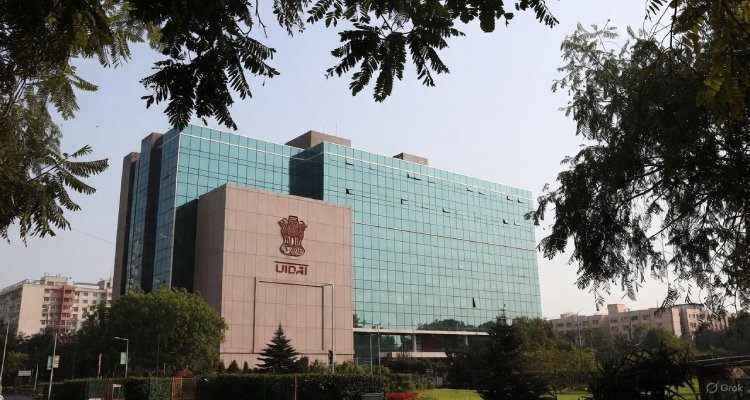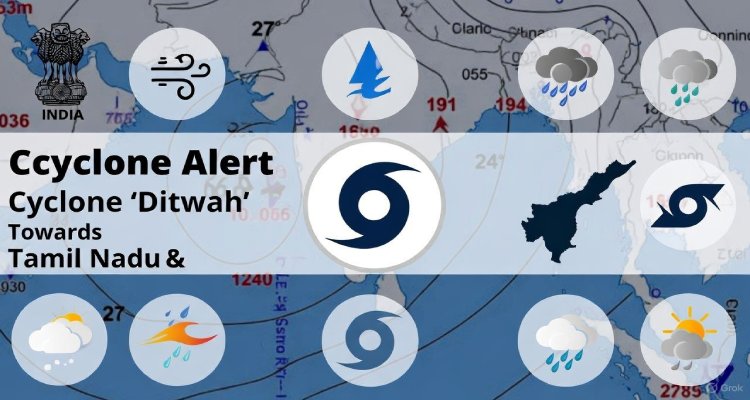NHRC Issues Notice to 3 States Over Cough Syrup-Linked Deaths of Children
The NHRC has issued notices to Madhya Pradesh, Rajasthan, and Uttar Pradesh over the suspected deaths of children linked to contaminated cough syrup, urging swift investigation and a crackdown on spurious drugs nationwide.
Introduction: A Wake-Up Call on Drug Safety
A series of tragic child deaths in central India has triggered a sweeping investigation into the quality of pediatric cough syrups. The National Human Rights Commission (NHRC) has issued notices to the governments of Madhya Pradesh, Rajasthan, and Uttar Pradesh after reports surfaced linking the deaths of children to a potentially contaminated cough syrup known as Coldrif, manufactured by Sresan Pharmaceutical in Tamil Nadu. The move marks a sharp warning toward state authorities and the pharmaceutical sector, emphasizing accountability in public health and drug regulation.
Context and Background: When Medicine Turns Fatal
The alarm first rang in Chhindwara, Madhya Pradesh, where 14 children reportedly died of suspected renal failure after consuming the cough syrup. Initial testing of the drug samples revealed the presence of diethylene glycol (DEG) — a highly toxic industrial chemical. Such ingredients, when used instead of pharmaceutical-grade compounds, can lead to irreversible kidney damage and death, especially in young children.
This incident echoes previous global tragedies involving contaminated syrups. Between 2022 and 2023, reports from Gambia, Uzbekistan, and Cameroon drew international attention to India’s cough syrup exports, which were found to contain similar toxic substances. While those cases prompted tighter global oversight, the recurrence of DEG contamination in domestic products has reignited the debate on India’s pharmaceutical manufacturing standards.
Main Developments: Government and Regulatory Action
Following the NHRC’s notice, the affected state governments have begun extensive investigations into the chain of production, distribution, and sale of Coldrif syrup. The key directives and developments are as follows:
-
Madhya Pradesh banned Coldrif and launched a probe after confirming traces of toxic compounds in drug samples collected from the market.
-
Clinical, environmental, and pharmacological samples were sent to NIV Pune, CDL Mumbai, and NEERI Nagpur for advanced laboratory testing.
-
Preliminary findings ruled out common viral or bacterial infections, confirming that toxic contamination, rather than disease, was the likely cause.
Of 19 drug samples collected from doctors and pharmacies in affected areas, 10 were analyzed; nine met standard quality parameters, but Coldrif contained DEG levels far beyond the permissible limit. Following this revelation, the Tamil Nadu Food and Drug Administration (FDA) and the Central Drugs Standard Control Organisation (CDSCO) initiated regulatory and criminal proceedings against the Kancheepuram-based manufacturer. The cancellation of the firm’s manufacturing license has been formally recommended.
At the national level, the Ministry of Health and Family Welfare (MoHFW) and agencies like the Directorate General of Health Services (DGHS) have intensified their investigations into the circulation of potentially spurious drugs across multiple states.
Expert Insight and Public Reaction: The Cost of Negligence
Medical experts and regulatory bodies have condemned the incident as a preventable tragedy. The Indian Medical Association (IMA) issued a strong statement explaining the economic pressures and ethical failures that lead to such disasters.
Pharmaceutical-grade glycerin and propylene glycol—key inactive ingredients in cough syrups—are significantly costlier than their industrial-grade counterparts. Unscrupulous manufacturers may substitute these with cheaper alternatives like industrial-grade DEG or ethylene glycol (EG), which are visually indistinguishable but highly toxic. Without stringent quality control and regulatory vigilance, such substitutions can slip through unnoticed, causing catastrophic public health outcomes.
Public health activists have demanded nationwide audits of liquid oral preparations, citing repeated instances of syrup-related deaths over the past decade. Commentators argue that regulatory bodies must not only penalize violations but also conduct proactive monitoring and enforce traceability standards within pharmaceutical supply chains.
Impact and Implications: Toward Stronger Drug Oversight
In response to the NHRC’s notice, the Union Health Ministry has convened a high-level review meeting chaired by Union Health Secretary Punya Salila Srivastava. The ministry has urged all states and Union Territories to ensure strict adherence to Good Manufacturing Practices (GMP) under the revised Schedule M of the Drugs Rules, 1945.
The revised guidelines—updated in December 2023—strengthen manufacturing conditions, labeling systems, and equipment standards, with a renewed focus on pediatric drug safety. All pharmaceutical producers are now required to comply with upgraded Good Manufacturing Practices and Requirements of Plant and Equipment for Pharmaceutical Products, ensuring accountability at all stages of drug production.
The government has also advised states to promote the rational use of cough syrups, particularly among children. Health experts emphasize that most childhood coughs are self-limiting and often do not require pharmacological treatment, urging caregivers to avoid unnecessary medication.
If implemented rigorously, these measures could bolster India’s drug safety architecture and help restore global trust in its pharmaceutical exports—a sector long regarded as the “pharmacy of the world.”
Conclusion: The Urgent Need for Accountability
The NHRC’s intervention underscores a critical message: human life cannot be collateral damage in the pursuit of profit or negligence. The deaths of children due to contaminated medicine strike at the heart of public trust in healthcare institutions and drug regulation. As India’s pharmaceutical industry grows globally, the onus lies equally on regulators and manufacturers to ensure that every product reaching a patient is safe, verified, and compliant.
The coming weeks will reveal whether the ongoing investigations and regulatory reforms translate into systemic change—or remain another reminder of how expensive complacency can become when lives are at stake.
Disclaimer:This article is based on official government releases, verified health authority statements, and ongoing investigative updates. It does not allege guilt and will be updated as new information becomes available.











